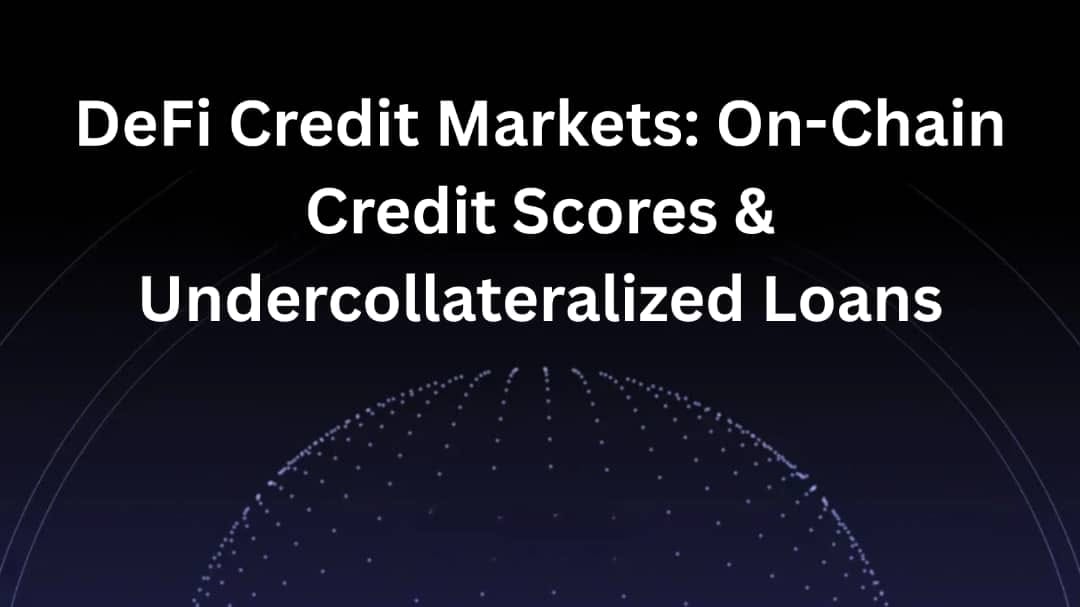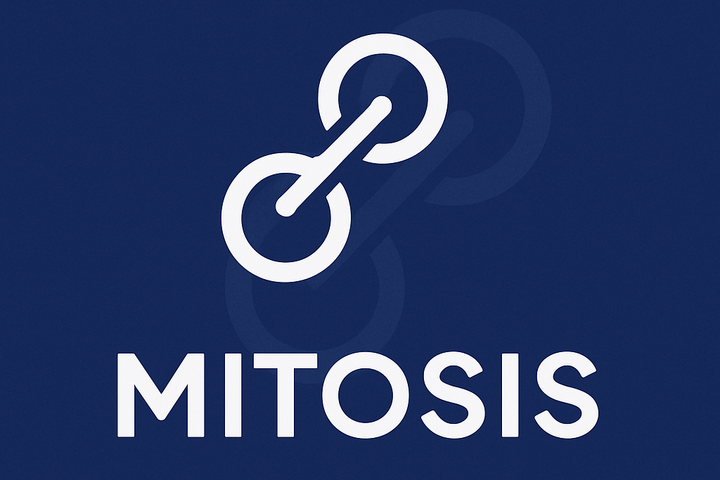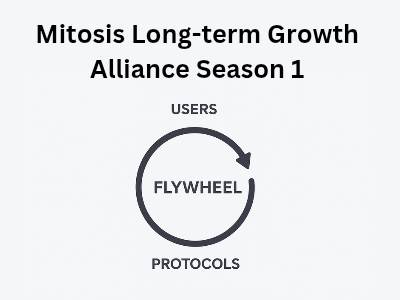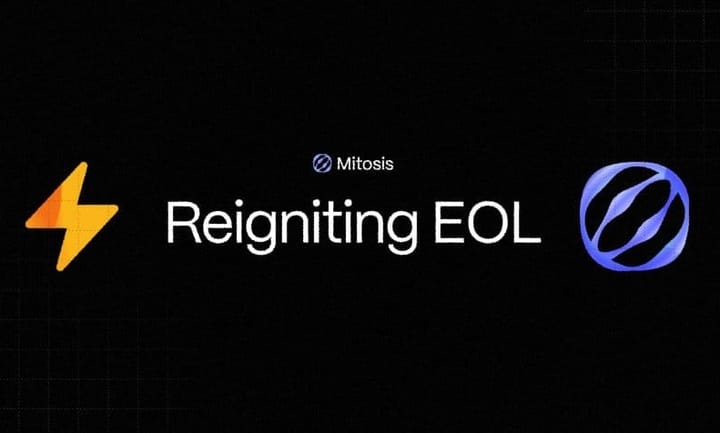DeFi Credit Markets: On-Chain Credit Scores & Undercollateralized Loans

Introduction
Decentralized Finance (DeFi) has emerged as a groundbreaking movement disrupting traditional financial paradigms by using blockchain technology to enable transparent, trustless, and permissionless financial services. Among various DeFi innovations, credit markets using on-chain credit scores and undercollateralized loans stand out as pivotal in extending financial inclusion and capital efficiency.
This article will explore deeply how DeFi protocols assess creditworthiness using on-chain and off-chain data, how they issue undercollateralized and even unsecured loans, and the methods leveraged to manage decentralized credit risk.
By the end, you will grasp the state of the art in DeFi credit markets, key protocols leading the innovation, major challenges, risk mitigation approaches, and the promising future of these new lending paradigms.
1. Background: Traditional vs. DeFi Credit Markets
Traditional lending primarily relies on centralized credit bureaus, credit scores derived from offline financial data, and physical collateral or guarantees. However, many millions worldwide remain unbanked or underserved because of imperfect credit histories, lack of documentation, or insufficient collateral.
DeFi credit markets aim to open credit access globally and to crypto-native participants in a decentralized fashion. Key differences include:
- Trustless Environment: Loans and repayments are enforced by smart contracts on public blockchains, eliminating centralized intermediaries.
- Transparency: Lending activity, credit data, and collateral status are visible on-chain in real-time.
- Programmability: Credit protocols can embed complex logic for risk scoring, adjustable interest rates, and automated liquidation.
- Composability: DeFi credit products integrate seamlessly with other DeFi protocols for liquidity mining, derivatives, or yield optimization.
Yet, DeFi lending has traditionally required overcollateralization loan amounts secured by substantially greater collateral value to mitigate default risk, limiting capital efficiency and borrower universality.
Emerging paradigms around on-chain credit scoring and undercollateralized lending seek to change that, inspired by traditional credit evaluations but powered by blockchain data and decentralized identity models.
2. What Are On-Chain Credit Scores?
On-chain credit scores are measurements of creditworthiness derived from data stored, updated, and verifiable directly on the blockchain. Unlike traditional scores, these rely on blockchain behaviors and interactions, providing decentralized, transparent, and immutable insights about borrowers.
2.1 Key Components of On-Chain Credit Scores
- Transaction History: Frequency, volume, and regularity of on-chain transactions and token holdings.
- Borrowing and Repayment Record: Performance on past DeFi loans timely repayments, defaults, or liquidations.
- Smart Contract Interactions: Interactions with yield farming protocols, staking, or governance participation.
- Wallet Age and Activity: Longevity and consistent activity of an address signal trustworthiness.
- Reputation Data: Community-based oracles and decentralized identity attestations or verification badges.
2.2 Advantages of On-Chain Credit Scores
- Transparency: Scores and their inputs are public, enabling trust and contestability.
- Privacy-Preserving: Allows pseudonymous users to build reputation without divulging private information.
- Synergistic with DeFi: Enables new financial products like flash loans, margin lending with risk-adjusted limits.
2.3 Examples of On-Chain Credit Score Protocols
- Providence (Andre Cronje’s project): Uses comprehensive on-chain data plus identity verification to generate trust scores.
- Credora: Builds credit scores analyzing payment history, liquidation frequency, and other behavior.
- TrueFi (TrustToken): Combines on-chain data with off-chain underwriting for credit modeling and lending.
For more in-depth information, see this article on Onchain.org and the research paper On-Chain Credit Risk Score in Decentralized Finance.
3. Understanding Undercollateralized Loans in DeFi
Undercollateralized loans are advances where borrowers pledge less collateral than the value of the loan or sometimes deploy loans with zero collateral (unsecured loans). This contrasts starkly with most DeFi loans that require 100–150%+ collateral due to credit risk uncertainty.
3.1 Why Undercollateralized Loans Matter
- Financial Inclusion: Allows users without large crypto holdings or assets to access credit for business or investment.
- Capital Efficiency: Enables better utilization of capital, as borrowers don’t need to lock up large collateral.
- Real-World Use Cases: Bridges on-chain lending with traditional credit demand such as small businesses or consumers.
3.2 Protocols Offering Undercollateralized Lending
- Goldfinch: IRS-compliant lending protocol emphasizing real-world borrower underwriting and off-chain credit data.
- Maple Finance: Uses on-chain governance and off-chain underwriting with pool delegates to assess borrower risk.
- TrueFi: Allows unsecured loans based on borrower credit scores attested by a community-managed evaluation.
- Teller Finance: Integrates off-chain identity and credit history with on-chain lending for undercollateralized loans.
These protocols often combine blockchain transparency with trusted off-chain data oracles and governance processes to manage risk while expanding credit access.
3.3 An Example Workflow for Undercollateralized Loans
- Borrower applies with on-chain reputation and submits off-chain identity or financial data via secure oracles.
- Credit underwriters analyze on-chain activity, repayment histories, and off-chain tradelines.
- Loan terms (amount, interest, duration) are configured based on risk assessments.
- Loan disbursed via smart contract upon approval. Repayments executed automatically.
- Defaults trigger governance review and potential penalties.
Explore more about this approach in the Undercollateralized Lending in DeFi Medium article and how DECO enables undercollateralized lending.
4. Managing Decentralized Credit Risk
Lending without full collateral raises significant credit risk, namely borrower default risk, liquidity risk, and potential oracle/data failure risks. DeFi protocols implement sophisticated risk management methodologies to address these concerns.
4.1 Risk Mitigation Strategies
- First-Loss Capital: Some protocols require loan underwriters or pool delegates to commit capital that absorbs initial losses, aligning underwriter incentives with lender interests.
- Transparency and Reporting: Protocols publish loan performance data and liquidation outcomes to enable community trust and informed decision-making.
- KYC and Off-Chain Verification: Some DeFi lending platforms implement KYC/AML checks on borrowers and auditors for compliance without compromising decentralization.
- Insurance Pools: Dedicated insurance funds funded by fees or protocol reserves help cover losses from defaults.
- Oracles and Data Integrity: Reliable oracles aggregate off-chain borrower data, credit scores, and identity attestations to reduce misinformation risks.
- Community Governance: DAO-led governance can choose borrowers, adjust loan parameters, and vote on defaults or restructuring proposals.
4.2 Challenges in Decentralized Risk Management
- Information Asymmetry: Off-chain data may be incomplete, delayed, or unverifiable, impacting accurate credit scoring.
- Smart Contract Risks: Bugs or exploits in lending contracts can lead to losses unrelated to credit defaults.
- Market Volatility: Sharp price swings in collateral or loan tokens impact liquidity and loan safety margins.
- Regulatory Uncertainty: Emerging regulations may affect KYC, lending operations, and cross-border credit flows.
5. Case Studies: Leading Protocols Innovating in DeFi Credit
5.1 Goldfinch
Goldfinch is pioneering undercollateralized lending tailored for real-world borrowers, particularly small businesses and emerging markets. It bridges crypto liquidity providers with off-chain credit assessments enabled by trusted partners who vet borrowers. Loans are issued through smart contracts ensuring transparency and automated repayments.
Goldfinch uses a dual-token system: GFI (governance) and Staked GFI, incentivizing community participation in loan risk underwriting.
5.2 Maple Finance
Maple Finance employs a pool-delegate model where decentralized groups of credit underwriters analyse loan requests. They stake capital and perform due diligence off-chain, then lend on-chain via smart contracts. This approach enables undercollateralized loans to vetted crypto-native companies, combining decentralization with traditional underwriting rigor.
5.3 TrueFi
TrueFi integrates on-chain credit scoring and community voting to allow unsecured loans to trusted borrowers. The protocol's trust score system considers on-chain payment history and interactions, empowering lenders to earn yield without overcollateralizing. Governance token holders contribute to borrower approval decisions.
5.4 Teller Finance
Teller Finance emphasizes zero-knowledge proof KYC and off-chain credit bureau integration, paired with smart contracts for loans without collateral. By bridging traditional credit systems and blockchain, it expands DeFi lending creditworthiness to a wider audience.
For more detail on these protocols, see:
6. The Role of DAOs in DeFi Credit Markets
Decentralized Autonomous Organizations (DAOs) represent an innovative organizational approach leveraging blockchain governance. As fund pools controlled collectively, DAOs seek to access credit for expanded activities such as investments, treasury optimization, and ecosystem growth.
However, DAOs face unique challenges obtaining credit because they rarely have centralized identities or collateral. Solutions under exploration include:
- On-chain Identity Integration: Attesting DAO members' identities and credit through decentralized identity (DID) frameworks.
- Reputation-Based Lending: Building creditworthiness from DAO governance activity, voting participation, and historical token flows.
- Hybrid Lending Models: Combining on-chain community governance with off-chain KYC for DAO credit access.
These innovations could unlock new capital for DAOs, fueling the rise of collectively governed ventures backed by decentralized credit markets.
7. Future Outlook: The Evolution of Decentralized Credit
7.1 Integration of On-chain & Off-chain Data
Future credit scoring will increasingly blend real-world data (income, tradelines, credit bureau data) with blockchain activity to create holistic, robust credit profiles.
7.2 Decentralized Identity and Privacy
Zero-knowledge proofs and selective disclosure technology will empower borrowers to prove creditworthiness without compromising privacy.
7.3 Regulatory-Compliance Bridges
Protocols will evolve more compliant KYC, AML workflows integrated with DeFi’s transparency and programmability to enable mass adoption and institutional participation.
7.4 Cross-Chain and Multi-Asset Lending
Interoperable credit protocols across multiple blockchains and assets will increase liquidity pools, diversify risk, and improve capital flows globally.
7.5 Credit Scoring as a DeFi Primitive
On-chain credit scoring will become a foundational service, powering not just lending but insurance, derivatives, and secondary markets.
Quote:
"The future of finance will be shaped by trustless, transparent credit markets that unlock trillions in capital previously confined by legacy system frictions." — Industry Analyst
8. Summary & Key Takeaways
- DeFi credit markets leverage blockchain transparency and smart contracts to provide trust-minimized lending services.
- On-chain credit scores are transforming risk assessment, enabling undercollateralized and unsecured lending opportunities.
- Protocols like Goldfinch, Maple, TrueFi, and Teller blend on-chain/off-chain data, governance, and smart contracts to expand credit access.
- Risk management in decentralized credit involves first-loss capital, insurance funds, governance oversight, and oracle integrations.
- The evolving role of DAOs, decentralized identity, and regulatory compliance will shape future credit market maturity.
Decentralized credit markets’ growth promises a more inclusive, efficient financial future unlocking liquidity for all through technology innovation.
Further Reading & Resources
- Onchain Credit Scores Will Bring Trillions of Dollars to DeFi
- What is On-chain Credit? A Guide to Decentralized Credit Markets
- On-Chain Credit Risk Score in Decentralized Finance - Research Paper
- Undercollateralized Lending in DeFi: Better Yields with Better Risk Management
- What Is DeFi Credit? The Evolution of On-Chain Lending
- How DECO Enables Undercollateralized Lending
- Undercollateralized Loans - The Future of DeFi Lending?
- This DeFi Project May Have The Answer To Undercollateralized Loans



Comments ()